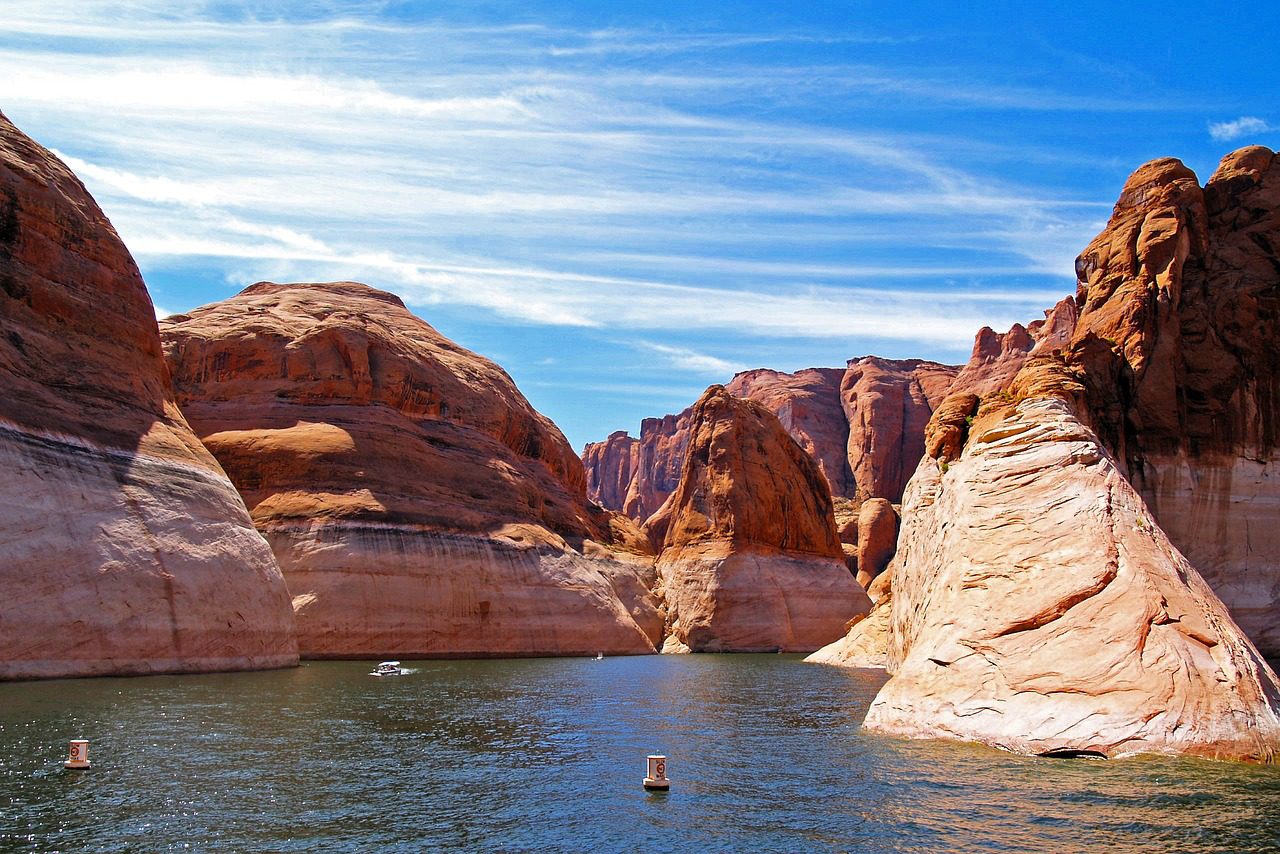April 6, 2023 — Water supply forecasts for the Colorado River Basin have taken a positive turn. The U.S. Bureau of Reclamation’s March report indicates that Lake Powell could receive around 10.44 million acre-feet of new water supply by September, with inflows at 109% of the average. Most of the water supply for the entire system originates in the mountains of the Upper Basin, particularly in Colorado.
The impressive snow levels witnessed in Colorado this spring are beneficial for the entire Colorado River Basin. However, the drought-affected Colorado River system is unlikely to experience significant storage recovery this year. The Bureau of Reclamation predicts that Lake Powell’s storage will only be at 32% of its capacity by year-end, compared to 23% last year. Last summer, this situation prompted emergency releases from Utah’s Flaming Gorge Reservoir to prevent system collapse.
this spring are beneficial for the entire Colorado River Basin. However, the drought-affected Colorado River system is unlikely to experience significant storage recovery this year. The Bureau of Reclamation predicts that Lake Powell’s storage will only be at 32% of its capacity by year-end, compared to 23% last year. Last summer, this situation prompted emergency releases from Utah’s Flaming Gorge Reservoir to prevent system collapse.
Looking at operation plans, a March 2023 Probable Minimum 24-Month Study published by the Bureau of Reclamation noted that the Bureau has conducted additional studies to determine the possible range of reservoir elevations in response to ongoing drought conditions in the Colorado River Basin. These studies consider various inflow scenarios, such as dry, median, and wet conditions, to predict future reservoir levels. With an 80% probability, future reservoir elevations are expected to fall within the range predicted by these scenarios. Due to the prolonged drought and low storage levels at Lake Powell, the Department of the Interior has reduced water releases to help increase storage. The 2022 Drought Response Operations Plan aims to protect a target elevation at Lake Powell by adjusting the monthly water release volumes. If necessary, Reclamation will consider additional water releases to protect Lake Powell’s elevation. Reclamation continues to collaborate with the Drought Response Operating Agreement Parties and other Colorado River Basin States to implement drought response plans and consider potential actions for 2023. These ongoing consultations and adjustments aim to address the challenges posed by drought and ensure the proper management of water resources in the region.
published by the Bureau of Reclamation noted that the Bureau has conducted additional studies to determine the possible range of reservoir elevations in response to ongoing drought conditions in the Colorado River Basin. These studies consider various inflow scenarios, such as dry, median, and wet conditions, to predict future reservoir levels. With an 80% probability, future reservoir elevations are expected to fall within the range predicted by these scenarios. Due to the prolonged drought and low storage levels at Lake Powell, the Department of the Interior has reduced water releases to help increase storage. The 2022 Drought Response Operations Plan aims to protect a target elevation at Lake Powell by adjusting the monthly water release volumes. If necessary, Reclamation will consider additional water releases to protect Lake Powell’s elevation. Reclamation continues to collaborate with the Drought Response Operating Agreement Parties and other Colorado River Basin States to implement drought response plans and consider potential actions for 2023. These ongoing consultations and adjustments aim to address the challenges posed by drought and ensure the proper management of water resources in the region.
Reservoir storage in Colorado is currently at 80% of the average, a slight increase from last year’s 75% at the same time. Colorado’s reservoirs are anticipated to experience a substantial rise in storage levels. For example, Blue Mesa, the state’s largest reservoir, was only 36% full earlier this month. However, Reclamation forecasts that it will reach 71% of its capacity by the end of the year due to an influx of new water.
Water Education Colorado writes, “A drought considered to be the worst in at least 1,200 years has devastated water supplies across the West. While no one is suggesting the dry spell is over, Colorado water officials said 2023 will likely allow for a significant recovery in reservoirs and soil moisture.”
writes, “A drought considered to be the worst in at least 1,200 years has devastated water supplies across the West. While no one is suggesting the dry spell is over, Colorado water officials said 2023 will likely allow for a significant recovery in reservoirs and soil moisture.”


The winter has come and for the most part, seems gone. April showers? We’ll see.